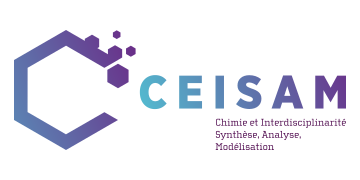
IMAF– Future Agile Manufacturing Engineering
IMAF aims to put people at the heart of the manufacturing production process, by focusing on human-machine collaboration and autonomous decision-making systems for tasks requiring creativity and complex, rapid decision-making.
The Labex will focus on five challenges: manufacturing as a service; agile robotics; digital twins; human factors; and metal, composite and chemical processes.
Project summary
IMAF aims to put people at the heart of the manufacturing production process, by focusing on human-machine collaboration and autonomous decision-making systems for tasks requiring creativity and complex, rapid decision-making. The Labex will focus on five challenges: manufacturing as a service; agile robotics; digital twins; human factors; and metal, composite and chemical processes.
F.-X. FELPIN is in charge of challenge 1: Manufacturing As A Service (MaaS) is a recent business model and strategy that gives customers, including B2B customers, access to manufacturing capacity and manufacturing capability on demand without having to make massive investments in manufacturing equipment and infrastructure. MaaS is part of a greater trend where anything can be offered as aservice, referred to as XaaS, including SaaS, IaaS and PaaS. On one hand, MaaS can be applied to existing structures (organizations and resources) that were not designed for it; the key capacity is then adaptation. On the other hand, MaaS can also be integrated when designing (new products, new machines, new plants) and the challenge is then the anticipation. Addressing long-term performance.
F.-X. FELPIN and J.-N. DUMEZ are partners in challenge 5: The development of autonomous or self-adaptive processes is a key element of the Factories of the future and of a great interest for the environmental transition. Autonomization will impact both R&D for optimization phases and production to adapt in real time to disturbances or market demand and to maintain the desired quality and productivity. The combination of algorithms, robotics and real-time monitoring or tracking tools will enable the development of autonomous rather than simply automated processes.
